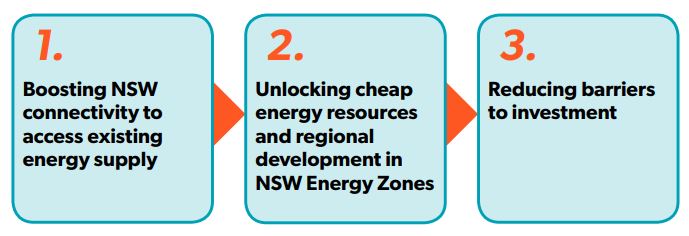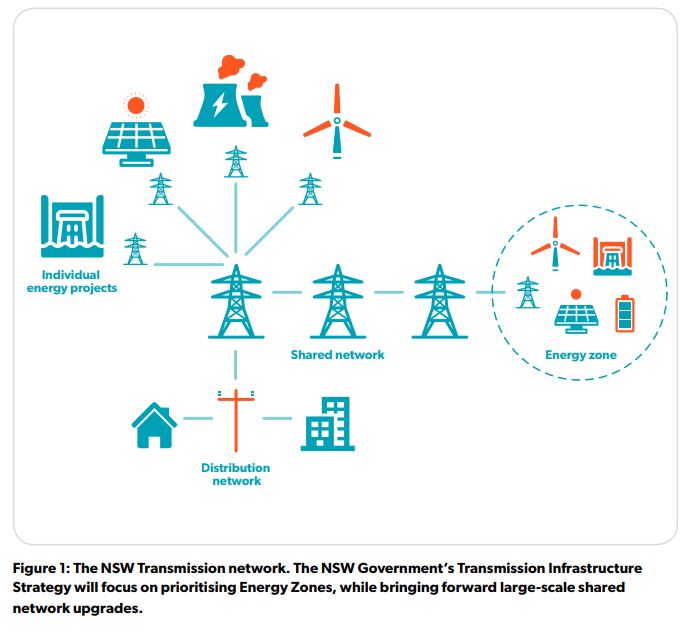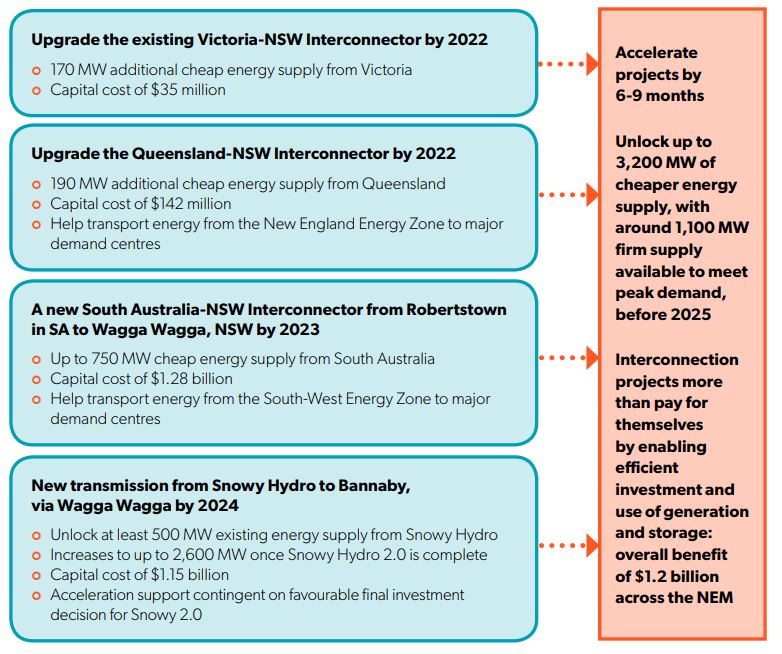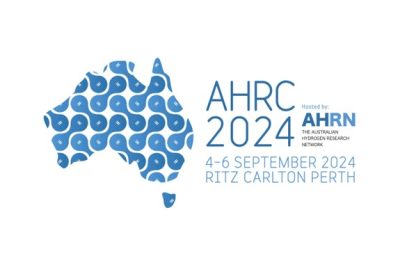Are renewable energy zones the way of the future?
Transmission is the spine of the energy system – it’s how we get energy where it needs to be – but it now takes longer to get new transmission operational than it does to build new generation. State governments also have jurisdiction over their own energy turf, so how can they orchestrate policies to support a national system that encourages new generation build where there will be capacity? NSW shows us a way forward.
Planning for a modern, connected energy system
The NSW Government recently released its Transmission Infrastructure Strategy, a plan to unlock private sector investment in priority transmission infrastructure projects to deliver least cost energy to consumers to 2040 and beyond.
Essentially the plan has three key aims:

1. Boost interconnection with Victoria, South Australia and Queensland, and unlock more power from the Snowy Hydro Scheme
2. Increase NSW’s energy capacity by prioritising Energy Zones in the Central West, South West and New England regions of NSW, which will become a driving force to deliver affordable energy into the future.
3. Work with other states and regulators to streamline regulation and improve conditions for investment.

The NSW plan indicates the need to unlock cheap energy resources and help create regional development by defining three energy zones. These renewable energy zones (REZs) are areas with high resource potential (wind or solar), where coordinated strategic transmission planning will enable connection of multiple projects at a lower cost. These REZ’s will help build the state’s resilience by ensuring there are sufficient new energy projects coming online to replace retiring coal power stations.
AEMO forecasts that REZs will provide the bulk of the state’s future energy supply.[1]
As part of the plan, the NSW Government will provide a funding guarantee to TransGrid to allow some preliminary works to be brought forward for the four priority transmission infrastructure projects. Supporting these four priority projects will result in improved cost estimates in the regulatory approval process and accelerate project delivery by up to nine months, as normally sequential regulatory processes can now run in parallel. A key Commonwealth Government decision is expected on Snowy 2.0 in December 2018 which will create the requirement for the Snowy Hydro transmission infrastructure. Snowy 2.0 would add around 2,000MW of firm dispatchable energy to the NEM, equivalent to about 14 per cent of NSW peak demand.

The NSW Government is taking a flexible, responsive and innovative approach to these energy transformation challenges and has committed to working with stakeholders and COAG to supports its implementation. The Tasmanian Government appears to be adopting a similar approach with the tabling of a Bill Energy Coordination and Planning Amendments.
Transmission as the enabler
New generation can generally be built faster than transmission investment can be made. The means we need anticipatory transmission development or we will end up with congestion caused through lagging transmission capability.
AEMO notes a number of options to help better coordinate the timing of transmission capability and new generation in the market[2].
- A significant change to the regulatory framework to encourage generation in the right places, taking into account resource availability and security and reliability concerns of networks. This could be done by charging generators connection charges which reflect the impacts on the network – deterring investments in certain areas and encouraging investment in other locations identified as preferred through the Integrated System Plan;
- A tradeable financial access rights regime could also improve coordination and locational signals. However, the success of such a scheme depends on the ability of generators to negotiate the tradeable access rights;
- Non-financial incentives could also encourage generators to locate in alignment with areas developed from an actionable ISP process. This could enable fast-tracked development of connections for renewable energy zones identified through the ISP. In this instance AEMO would manage connection information of all generators through a formal and confidential process.
With politicians and consumers heavily focused on energy affordability, we need a similar determined focus on ensuring we get the right policies that create incentives for sound and efficient investment so the system as whole can achieve the intended outcomes.
Transmission businesses don’t want to invest in a speculative manner in the hope that the generators build in the desired location and likewise, generators don’t want to build where there won’t be sufficient transmission capacity.
Put simply, transmission takes much longer to develop than energy generation so where generation is underwritten, there needs to be complementary consideration of the location’s transmission capability and long term coordinated national planning to get those long-term transmission investments right.


